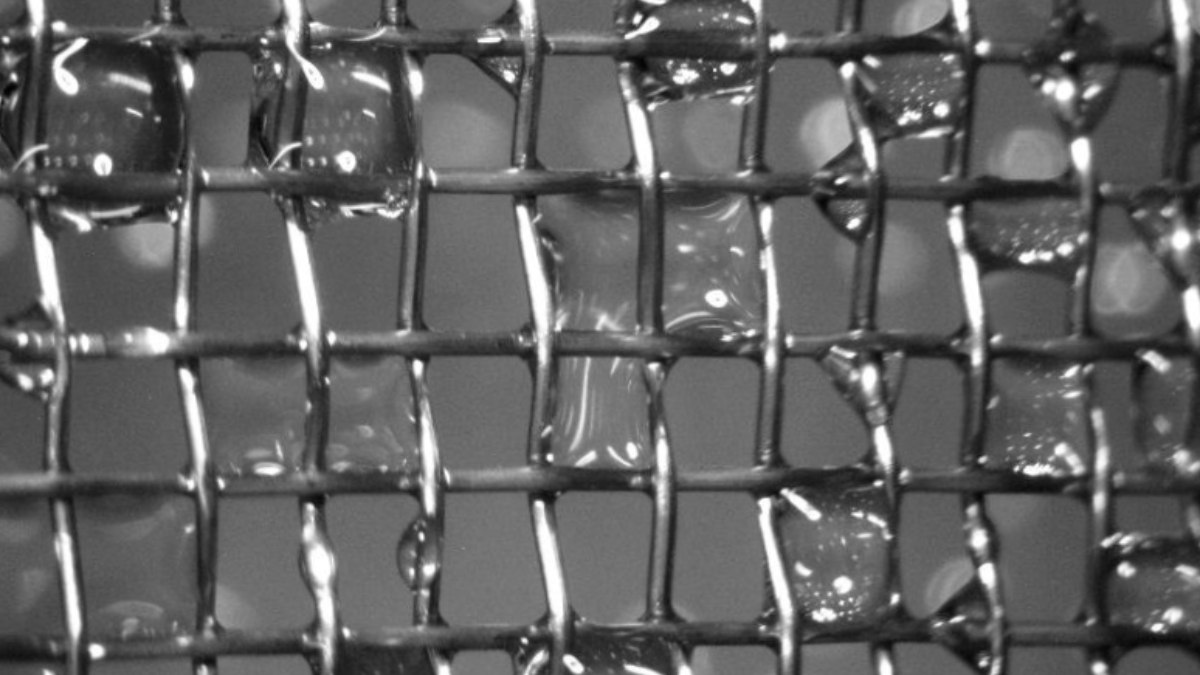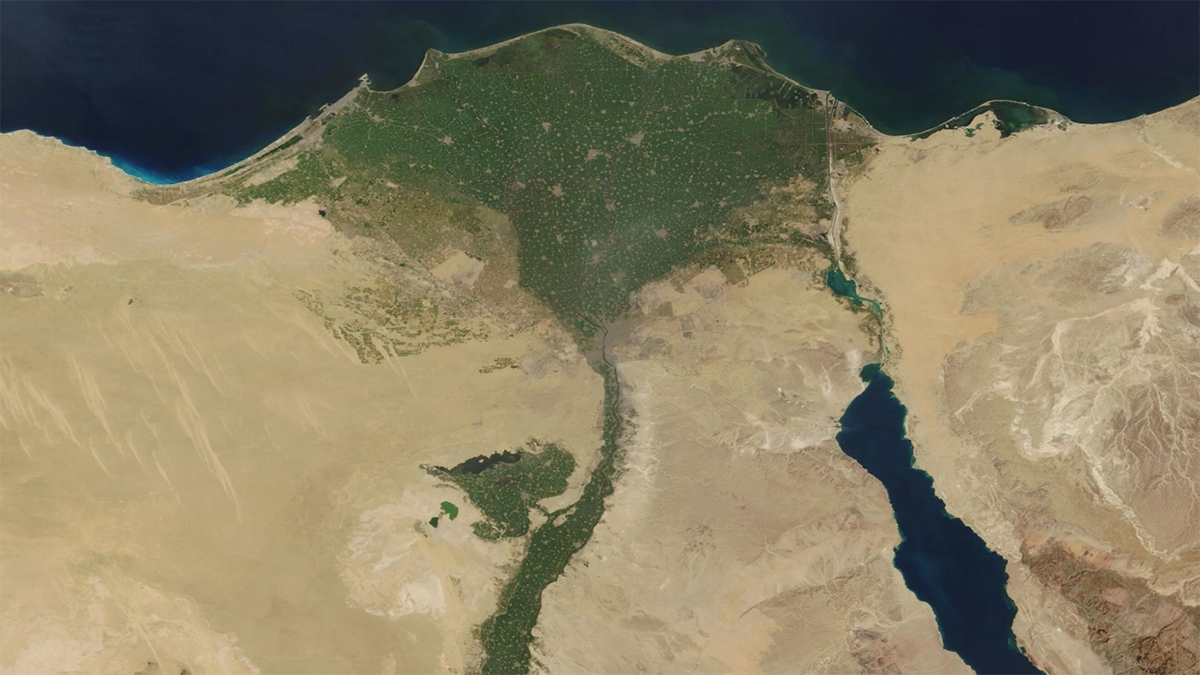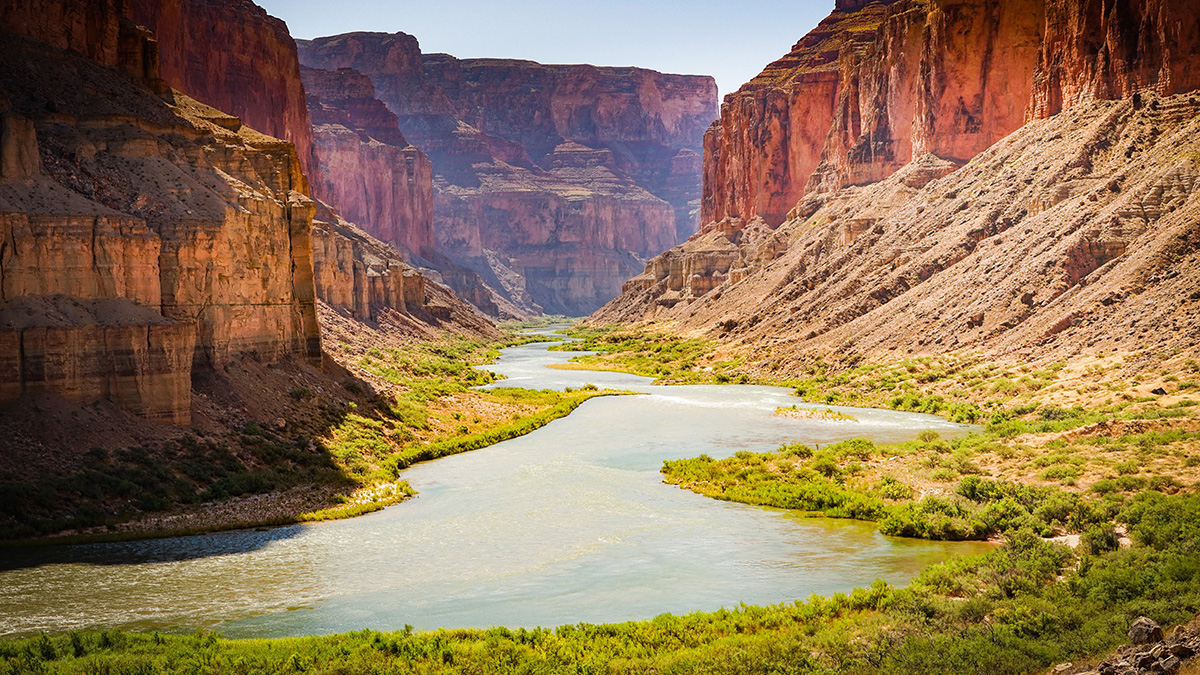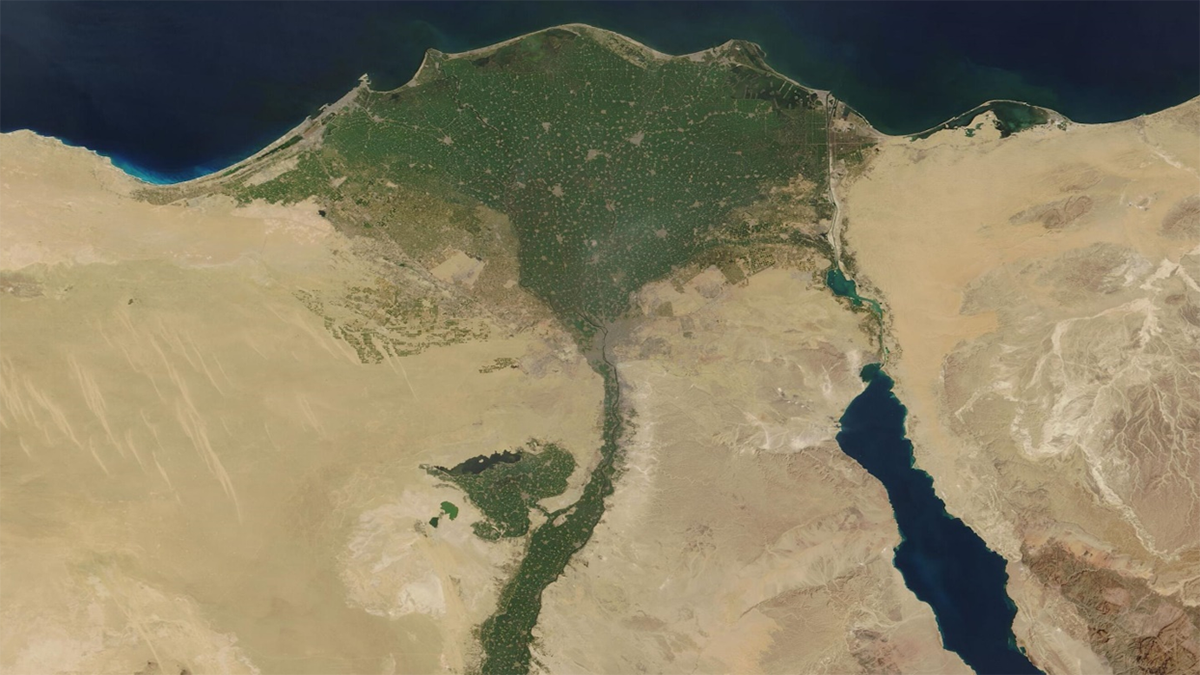A new fog harvester could benefit communities that lack access to clean freshwater.
water pollution
Diez ríos que enfrentan contaminación, desarrollo y cambio climático–Y las políticas que pueden ayudar
Reporte anual destaca 10 vías fluviales que han llegado a encrucijadas en las cuales el apoyo del público puede determinar si reciben protección.
مراقبة تراكم الملوثات من المعادن الثقيلة في دلتا النيل
تُظهر نتائج تحاليل العينات أن إعادة استخدام مياه الصرف بدون معالجة والتوسع في إنشاء السدود يسبب زيادة تركيز المعادن الثقيلة الملوثة في دلتا النيل مما يهدد بشدة سلامة النظام البيئي والصحي والإنتاج الزراعي في مصر.
Ten Rivers Facing Pollution, Development, and Climate Change—And Policies That Can Help
An annual report highlights 10 waterways that have arrived at forks: where public support could determine whether they receive protection.
Analyzing Sources of Pollution in the Great Lakes
Understanding how agriculture and land use affect nutrient flows and concentrations in the vast area of the Great Lakes is an essential step to developing sustainable management strategies.
Spring and Sewage Are in the Air Near San Diego
Sea spray can transport sewage-contaminated waters inland, potentially exposing those living kilometers from the beach.
The Western Great Basin Has an Arsenic Problem—Blame Its Geology
A new study links geological factors such as faulting and geothermal activity to an elevated risk of arsenic contamination in private wells across the Great Basin.
Suivie de l’accumulation des métaux lourds dans le Delta du Nil
Les analyses de sédiments montrent que la réutilisation de l’eau non traitée et la construction de barrages entraînent l’augmentation des concentrations de métaux lourds dans le Delta du Nil, menaçant gravement les écosystèmes, l’agriculture et la santé humaine.
Tracking Heavy Metal Accumulation in the Nile Delta
Sediment measurements show that flow alterations and discharges are driving increasing concentrations of multiple heavy metals in the Nile Delta, threatening ecosystems, agriculture, and human health.
U.S. Public Water Supply Is a Local Source of Phosphorus Pollution
Excess phosphorus may reach U.S. rivers, lakes, and groundwater through water main leaks and outdoor water use.










